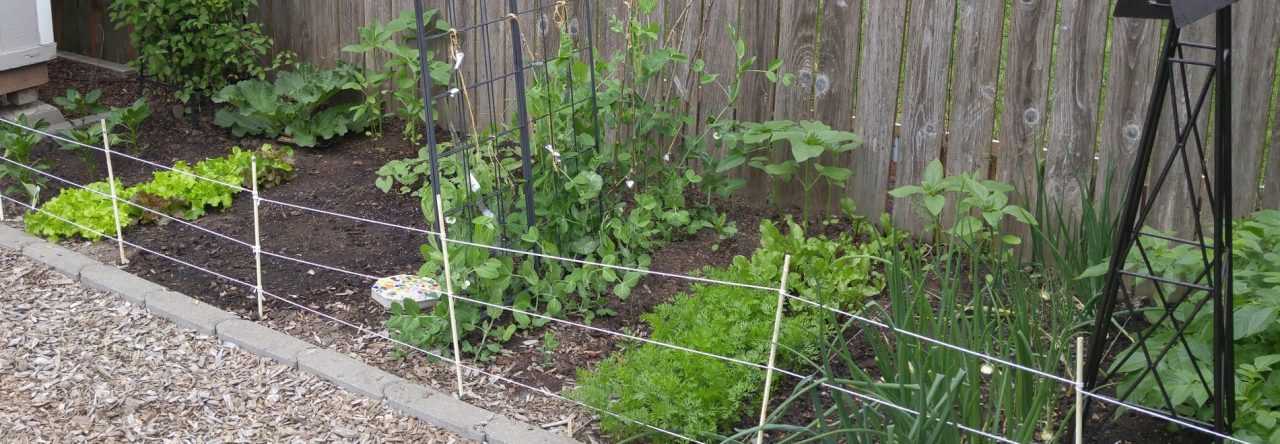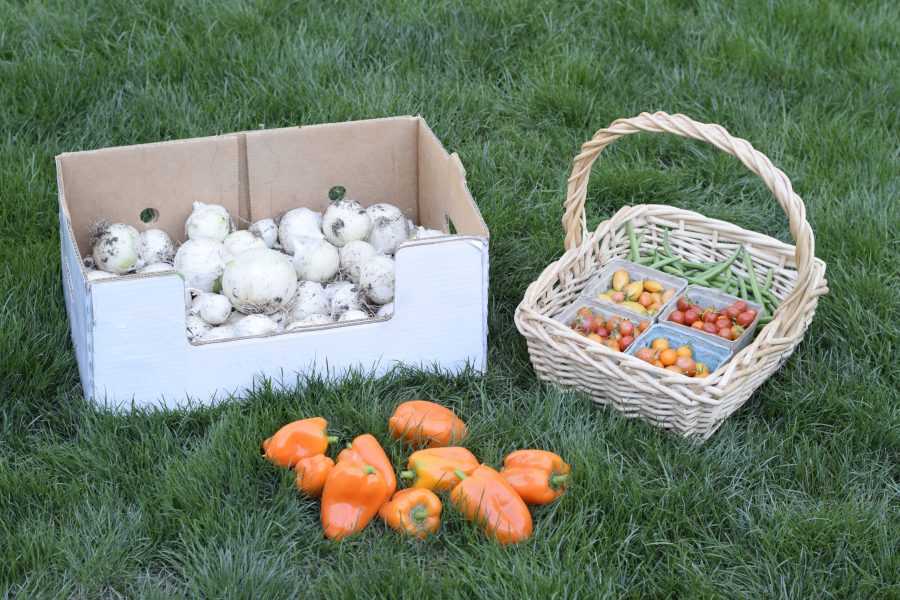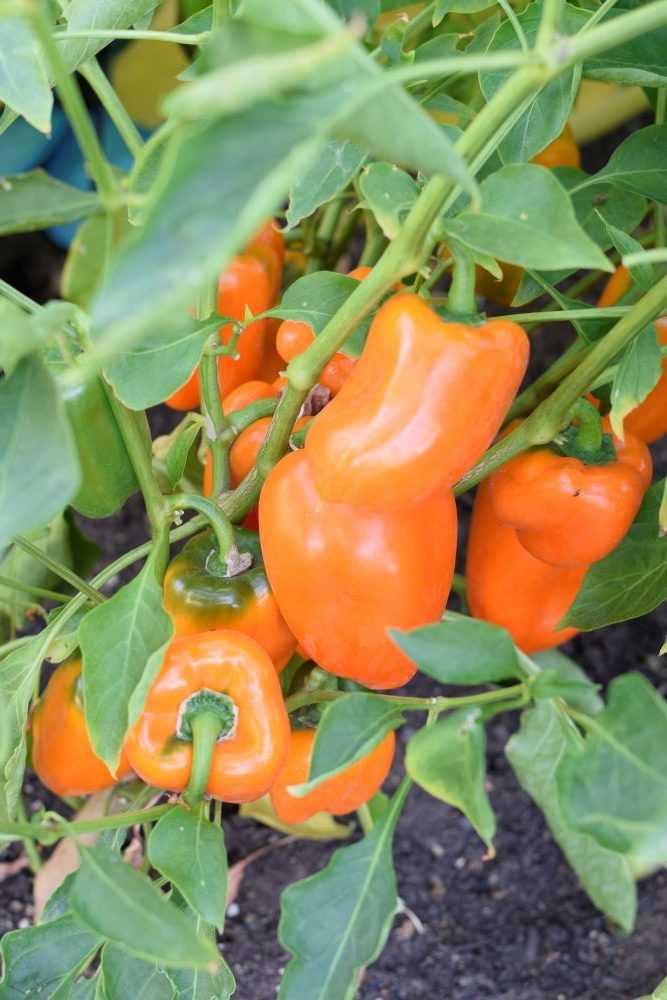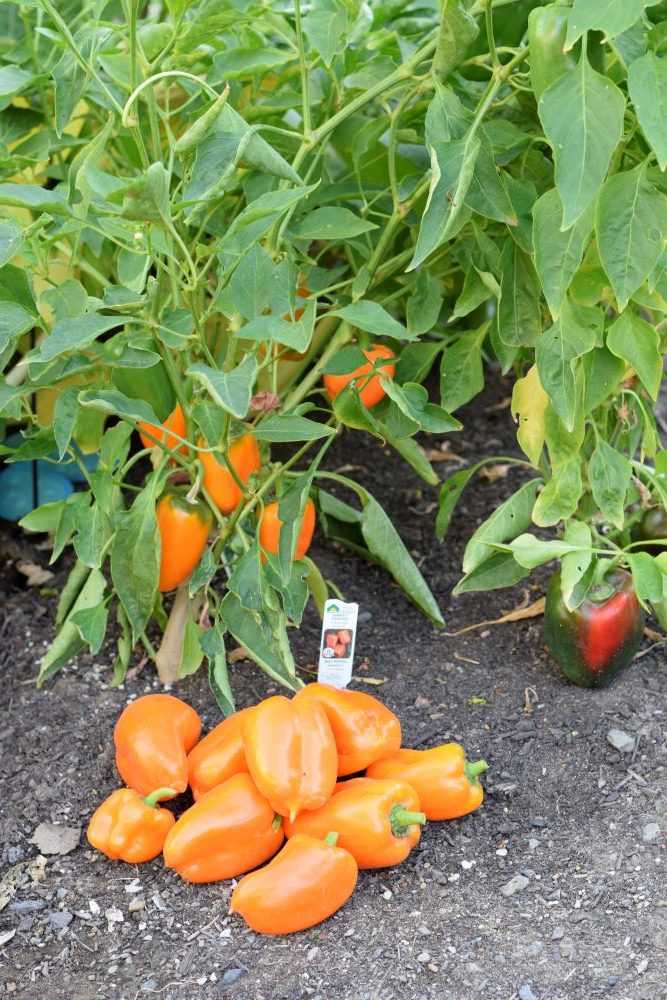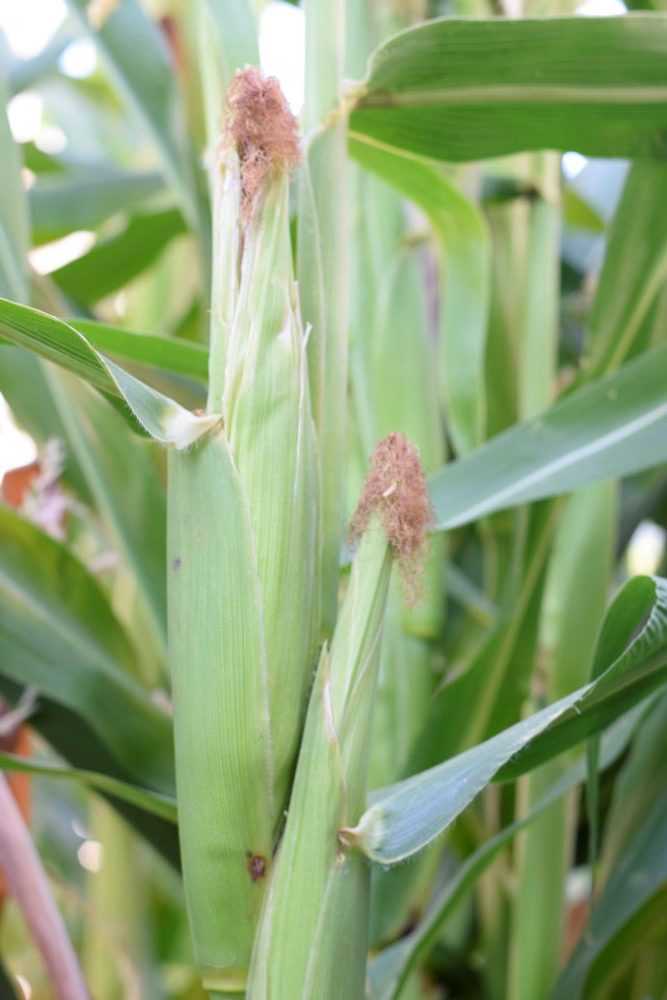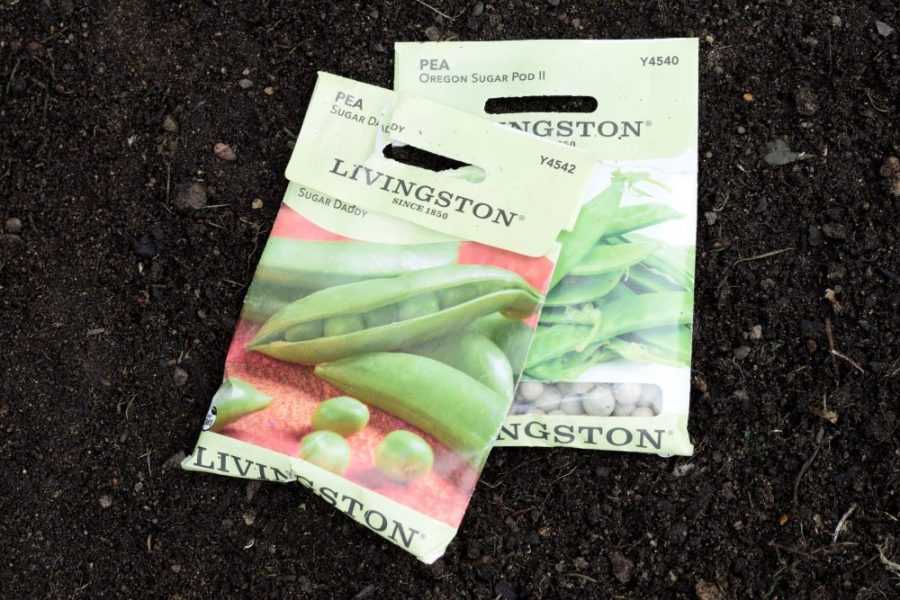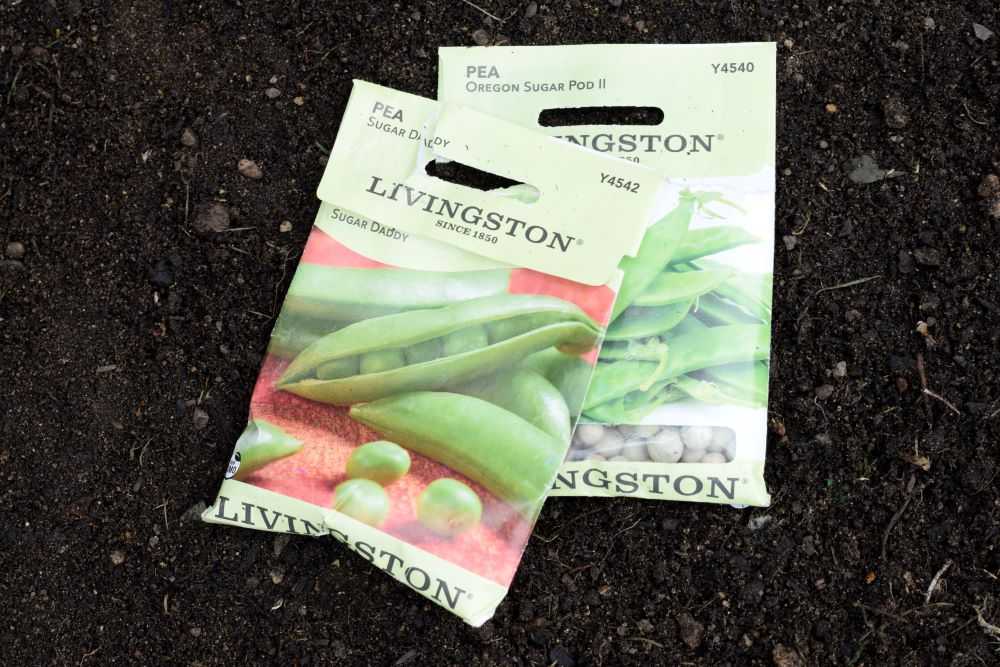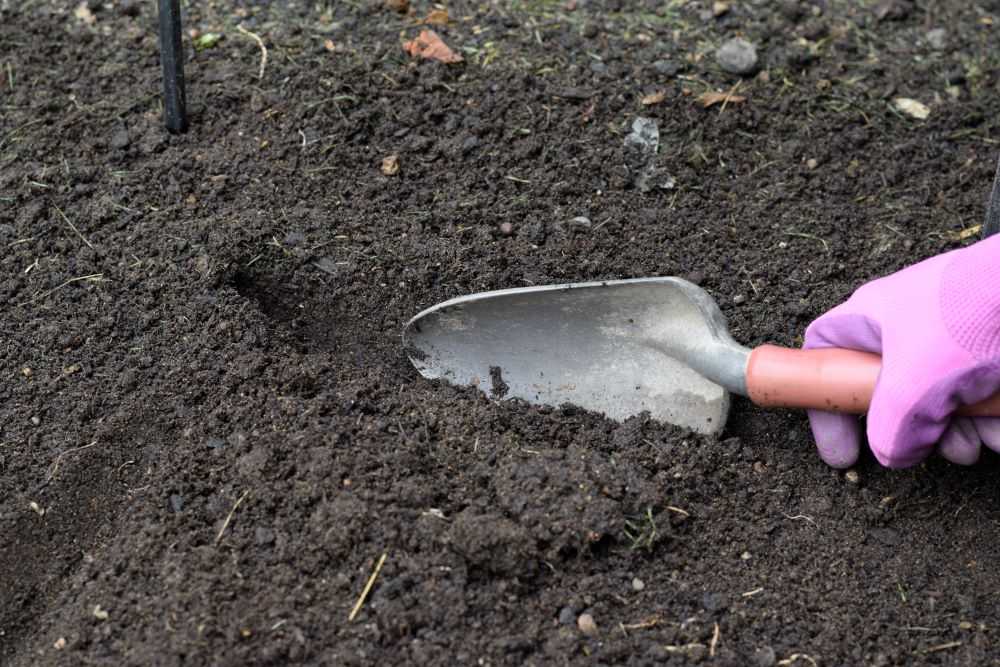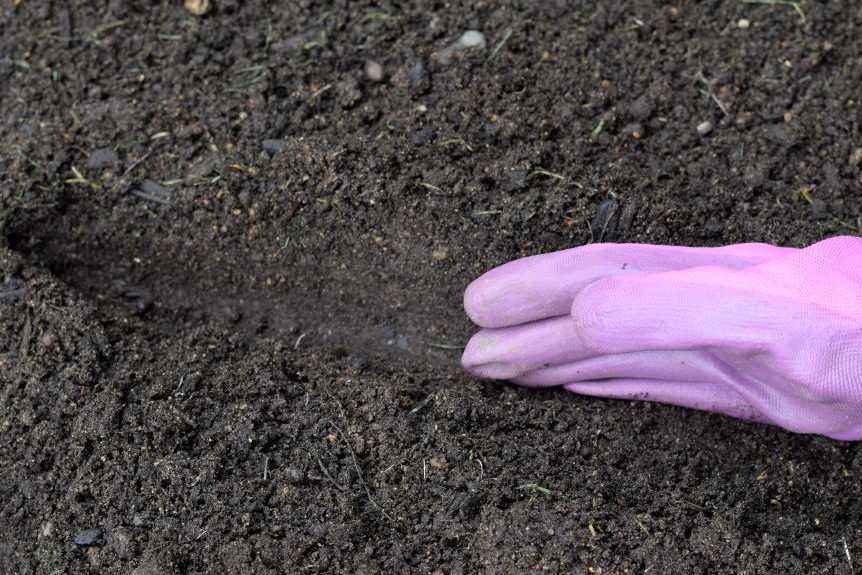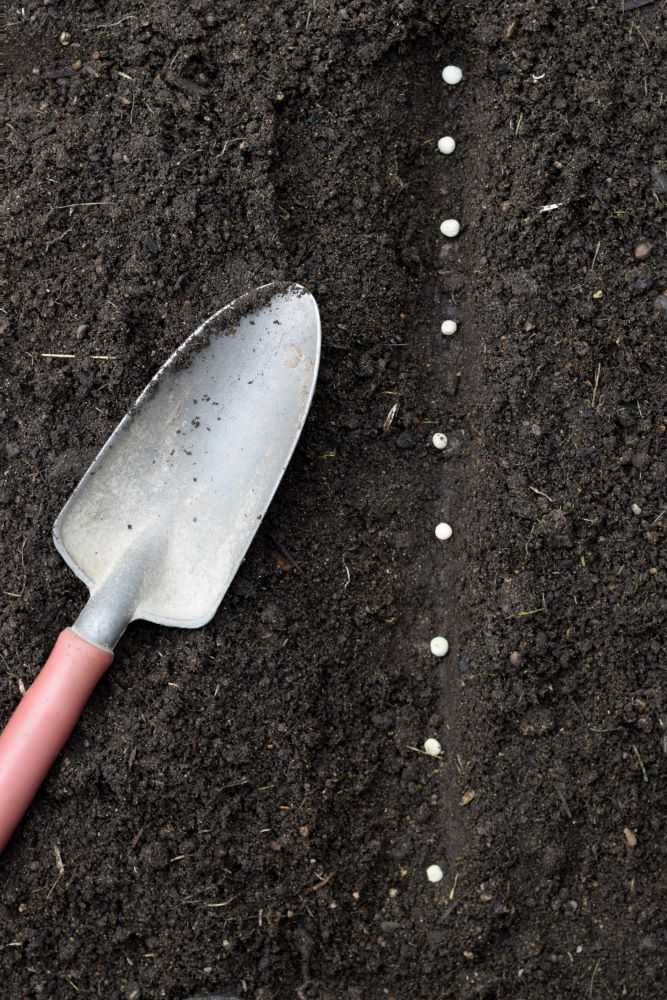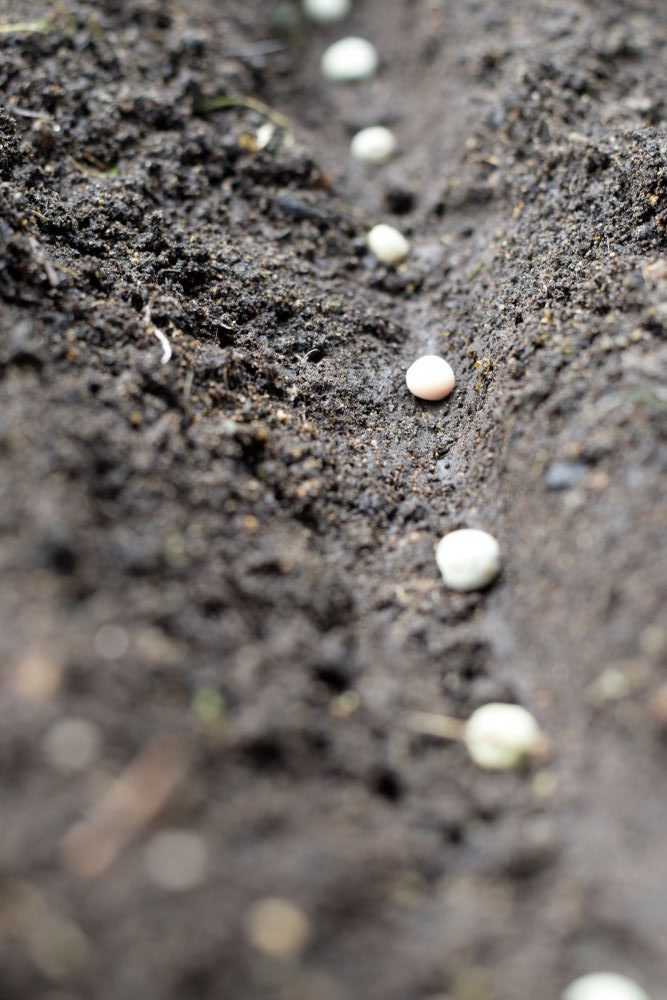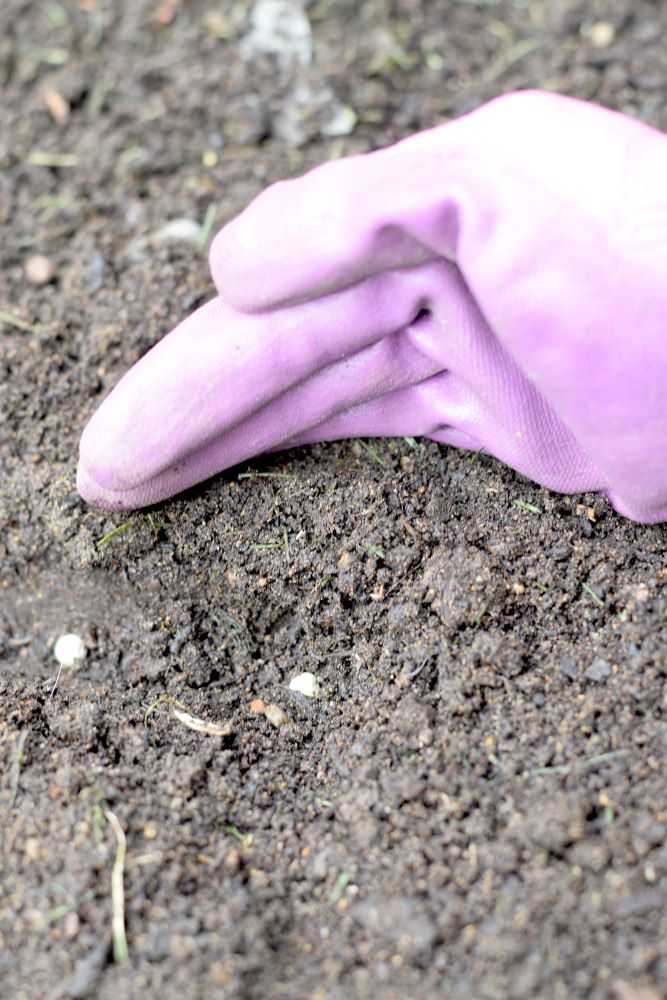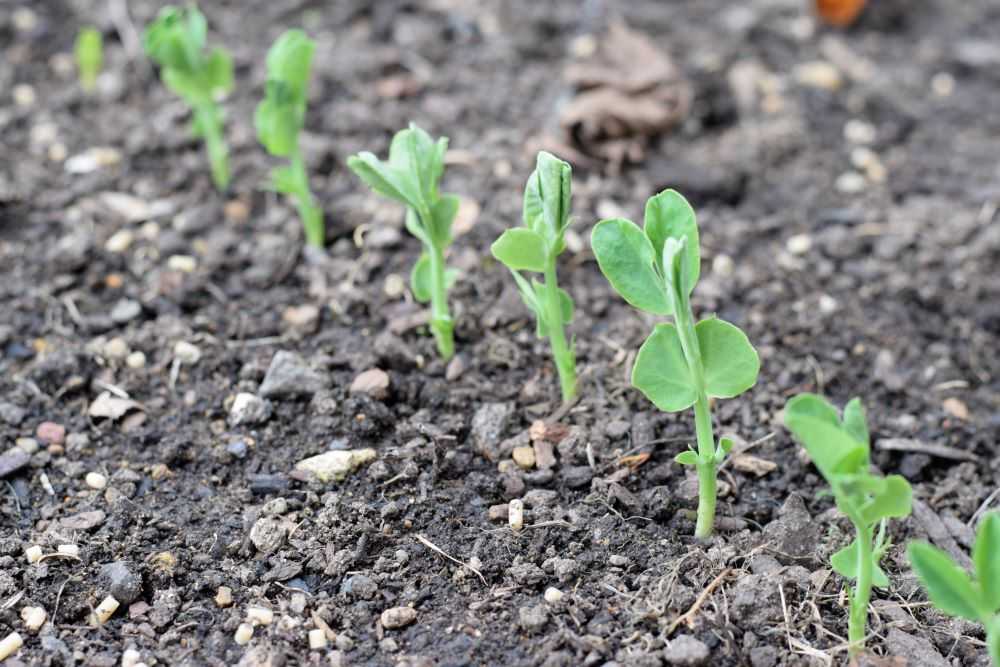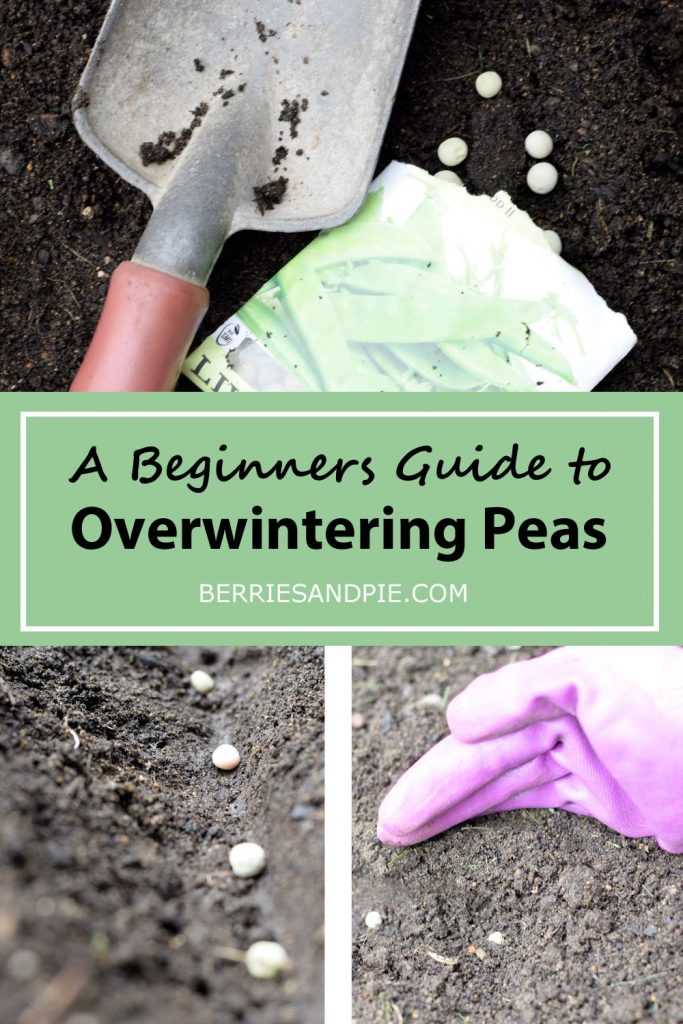September is here and the mornings are getting cooler. Fall is right around the corner! Although the garden is slowing down for the year we are still getting plenty of fresh vegetables. Here is what has been happening this past month:
Apples
Our second apple tree has many apples that are getting ripe. We picked a box full and got over 20 pounds of apples! We have been eating them fresh as well as making apple pie and apple crisp. Yum!
Cucumbers
I finally pulled up our cucumber plants. They were not as productive as some years and I think they did not get enough water. Look at this funny cucumber we got today:
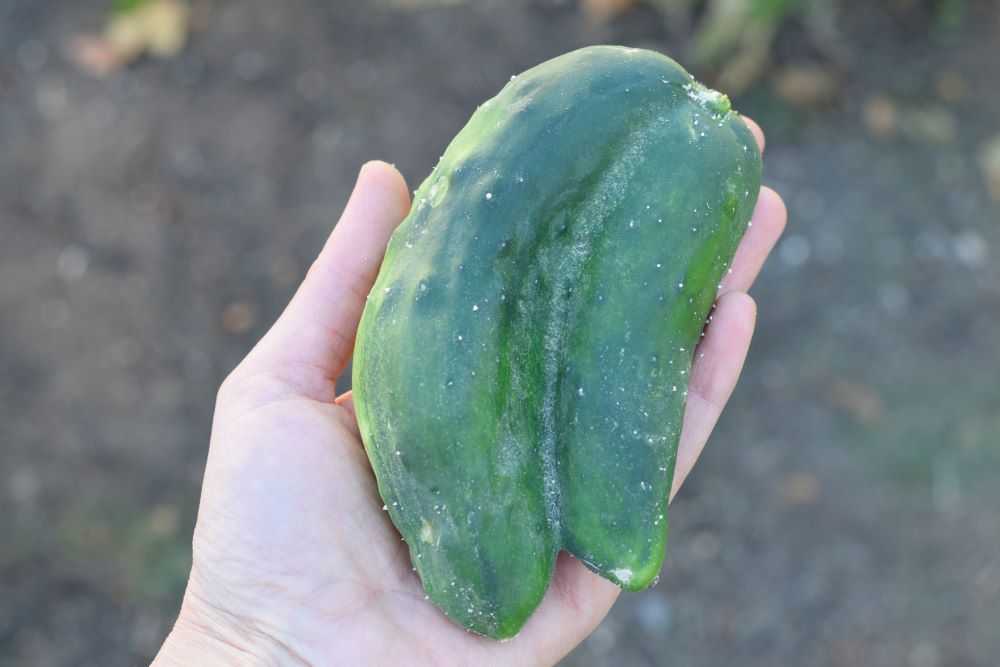
Green Beans
Our green beans are still doing very well. Although production has slowed down we are still getting enough for 1-2 meals per week. There are lots of blooms and small beans still on the plant so we will get at least a few more weeks of picking before they are done for the year.
Related: Garlic Roasted Green Beans
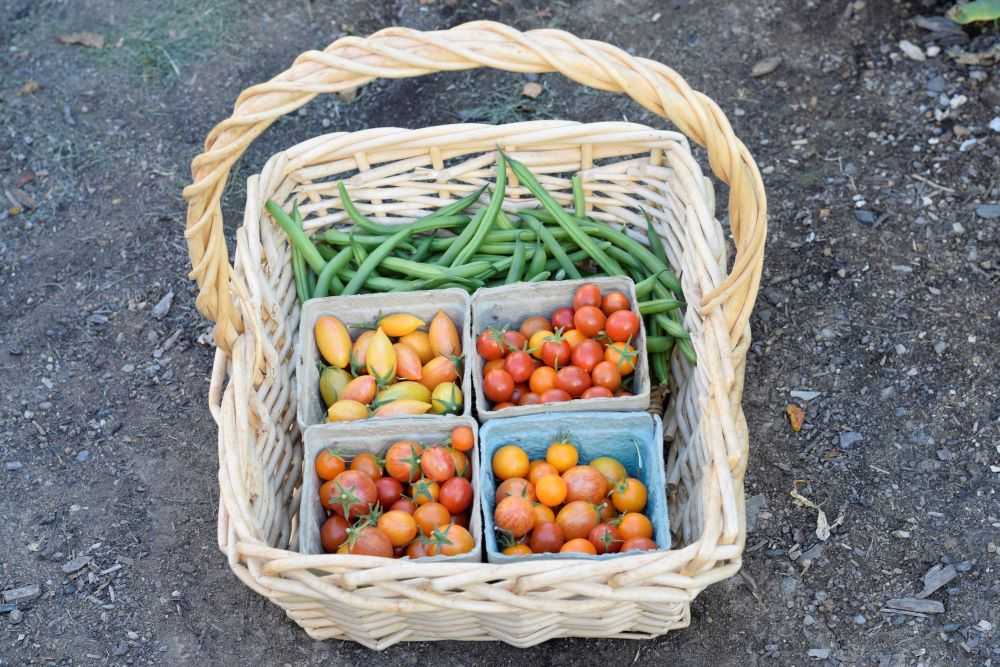
Onions
We pulled all of our onion plants a few weeks ago and got over 25 pounds! After cutting off the stems we put them in a big box in our garage. We use onions in everything and it is so nice to have them fresh from our garden!
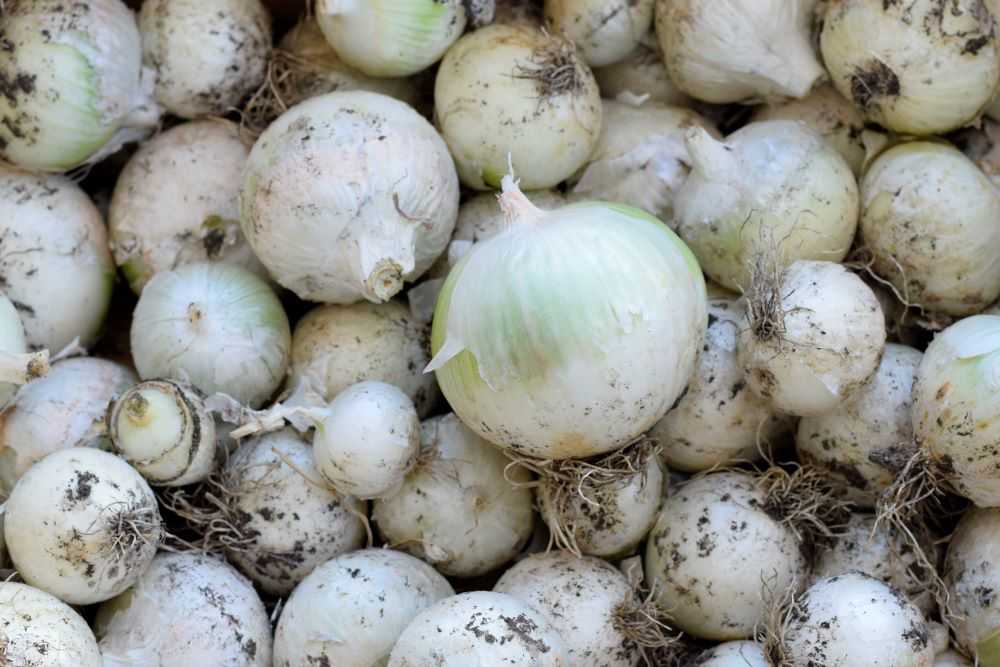
Peppers
Our sweet bell peppers are FINALLY getting ripe. We could have picked them when they were green but we love allowing them to get fully ripe and sweet! I planted one orange bell pepper this year and it has outperformed my red peppers by a mile. It is amazing how productive this plant is! See how many beautiful ripe peppers it has?
This variety is called Orange Blaze, and it is an AAS winner. It produced over 20 peppers on one plant. It will be going in my garden next year for sure!
Popcorn
Our popcorn is still ripening. We had some hot days and the plants did not like it. There are 2-4 ears of popcorn on each stalk but they still need a few weeks before they will be ready to pick. Hopefully they will be ready before the cold weather sets in!
Pumpkins
Our pumpkins are now fully orange and I am just letting them sit in the garden to finish ripening. One pumpkin plant is still flowering and trying to produce a pumpkin, so I will not take out the plants quite yet. The kids are looking forward to carving their pumpkins this year!
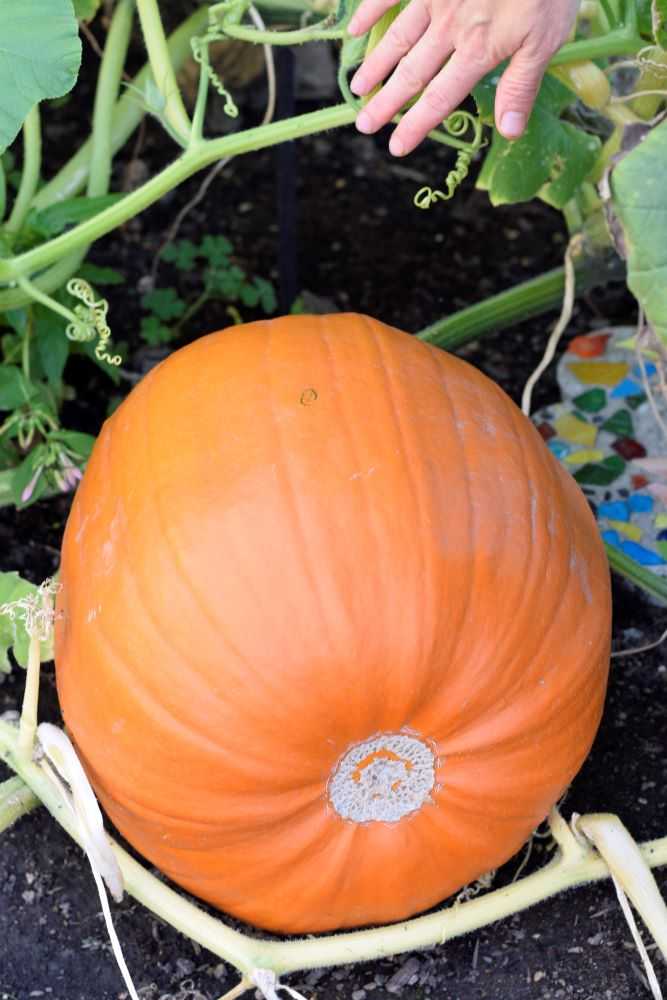
Sweet Pea Flowers
I took our sweet peas out last week. I saved the seeds and you can read more about that here. In a week or two I will plant the seeds and overwinter them so we will have earlier blooms in the spring.

Tomatoes
Our tomato plants are still doing great! We are still getting several pints of cherry tomatoes each week. I have been freezing the extras to use in soups during the winter months. You can read more about that here.
Related: Cherry Tomato Taste Test
Final Thoughts
It has been a great year so far but I will probably have to take out most of my plants soon with the weather getting cooler. What have you been up to in your garden? Let me know in the comments below!
Hope you are able to enjoy the last few weeks of summer! Happy Gardening!

